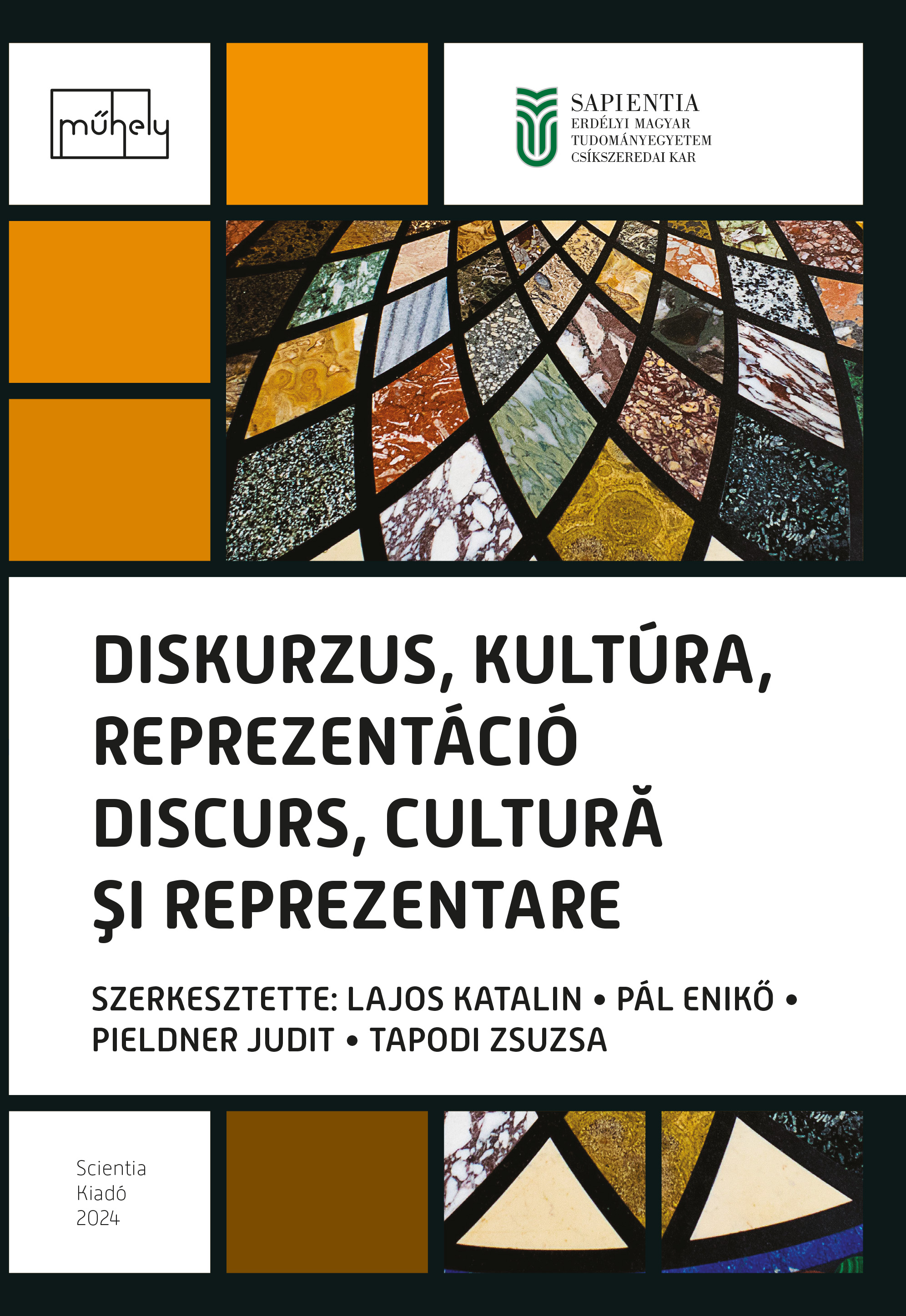A TRANSZTEXTUALITÁS ALAKZATAI J-K. ROWLING A KARÁCSONYI MALAC CÍMŰ REGÉNYÉBEN. ÁTJÁRÓK A GYERMEKIRODALOM ÉS A FELNŐTTIRODALOM KÖZÖTT
TRANSTEXTUALITY IN J. K. ROWLING’S NOVEL THE CHRISTMAS PIG. GATEWAYS BETWEEN CHILDREN’S LITERATURE AND ADULT LITERATURE
Author(s): Katalin Lajos
Subject(s): Language and Literature Studies, Studies of Literature
Published by: Scientia Kiadó
Keywords: children’s literature; topos; archetype; intertextuality;
Summary/Abstract: The Christmas Pig is a children’s novel for children aged 8 and up, the first by J. K. Rowling since the publication of the last Harry Potter novel, and one of the bestsellers of Christmas 2021. The Hungarian translation, also published in 2021, is the work of Tamás Boldizsár Tóth, also known as “Rowling’s Hungarian voice”. In my presentation, I will explore the forms of intertextuality in the novel, the Genettian transtextuality, how this children’s novel incorporates traces of various ancient and medieval genres, how it engages in dialogue with some works of the world literary canon, and how this web of intertextual relations connects the children’s novel with major works of world literature. The children’s novel, whose hypotexts were world literature texts and genres, can itself become a hypotext in the process of reading: it can make texts belonging to the canon accessible to the future reader. Jack, The Pig and Christmas Pig’s story opens a gateway to the travels of Odysseus and Aeneas in the underworld, to the medieval moralities, to Dante’s Divine Comedy, to the of Christian saints and knights harrowing of hell, to Dickens’ A Christmas Carol, to E. T. A. Hoffmann’s (and of course Tchaikovsky’s) Nutcracker and The Mouse King.
Book: Diskurzus, kultúra, reprezentáció / Discurs, cultură şi reprezentare
- Page Range: 139-153
- Page Count: 15
- Publication Year: 2024
- Language: Hungarian
- Content File-PDF

